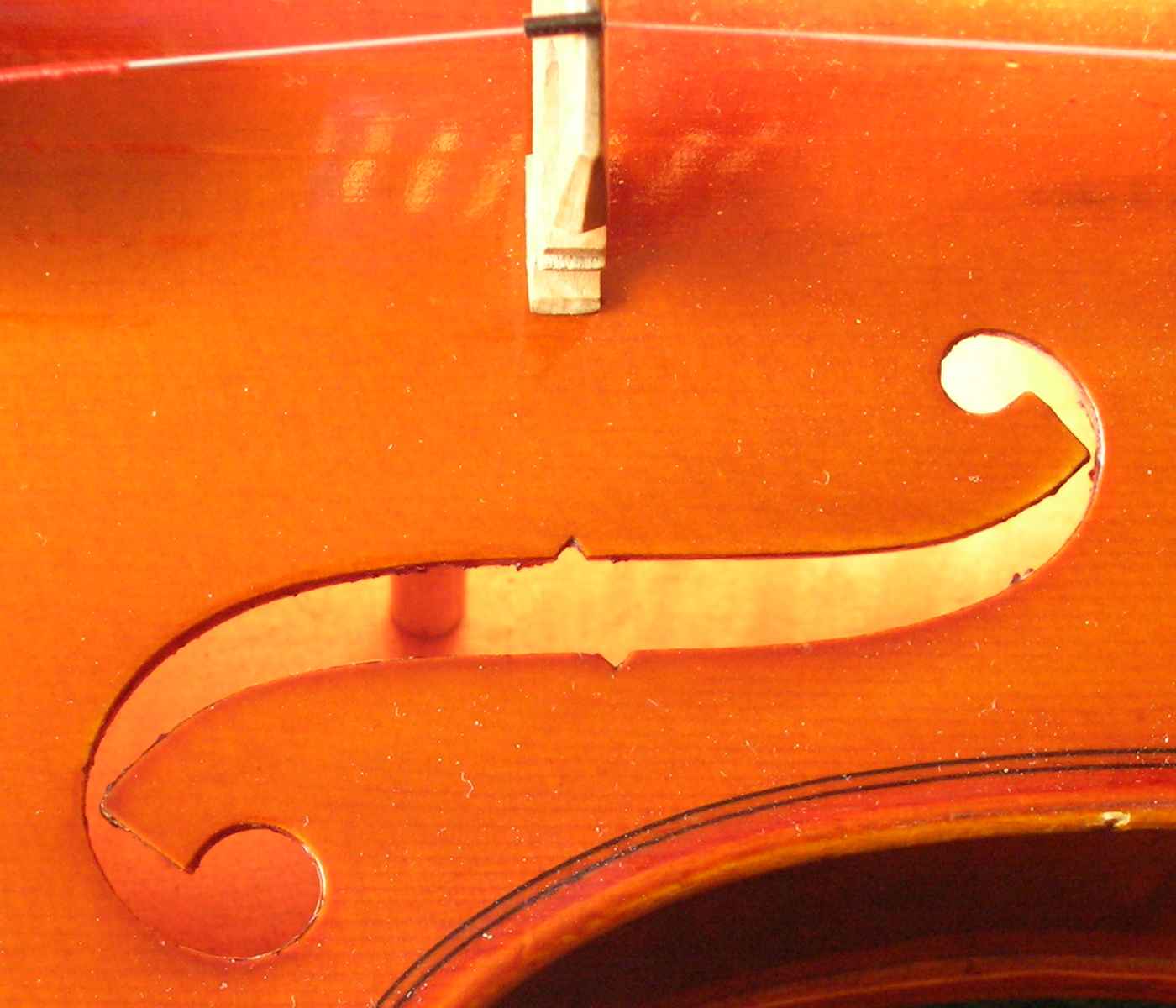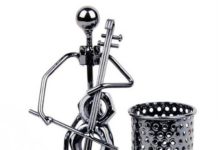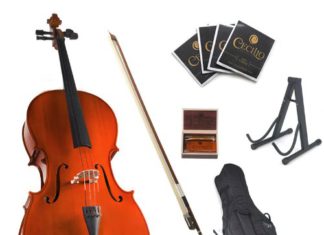The cello might seem like a big instrument that is hard to carry around. However, it requires a lot of maintenance and care, just like any of its string siblings. The cello is made out mostly of wood, which makes it extra susceptible to changes in climate, temperature, and humidity.
Don’t freak out though! If you’re in this cello playing business for a long time, you’ll soon realize that repairing your cello is an inevitable task. Some repairs are easy and very common, some others, well, your luthier might have to take a look at. So here are the most common repairs you’ll encounter:
Sound Post

Some people call the sound post the “soul” of the instrument (you can also find it in other string instruments). It’s a small dowel that sits inside the box holding the tension of the structure together.
If it falls, the sound that the cello produces isn’t quite right, as the vibration will not be the same. Another very dangerous thing that can happen is that the top lid of the body of the cello can collapse, and that is a very expensive fix!
Fixing the sound post is a little hard to do if you didn’t have the right tools. So the best bet is to take it to a luthier to have it fixed.
Bridge
The bridge of the cello is made out of wood. Its purpose is to hold the strings at a certain high to be able to play them. Sometimes the bridge can bend a little if the pressure of the strings against it is too strong.
This tends to happen over time, so don’t be stressed if at some point you’ll have to fix this.
If you notice this is happening, you need to change the bridge. You can take it to a luthier or a shop and get a new bridge that is the correct size for your instrument. If you don’t know how to set the bridge, make sure you let them know so they can do it for you or take it to your teacher.
Pegs
As you learn to tune your cello, you’ll notice that the pegs are one of those parts that are really hard to keep in place. Because of weather, temperature or humidity, the pegs can either expand or contract. So depending on the day, you might find the pegs really stuck or really loose.
 This is a problem that you can fix at home. You can find online peg components that help move the pegs in case they get stuck. If the peg is too loose, you can push it in as you move it to the sides.
This is a problem that you can fix at home. You can find online peg components that help move the pegs in case they get stuck. If the peg is too loose, you can push it in as you move it to the sides.
If the peg is too loose or too large for the hole it goes in, you might need to get it changed. You can do this at your local shop or with a luthier.
The Bow
The bow is just as delicate as the cello is. There are a few things to notice on your bow to take the necessary actions. The hairs of the bow can get darker in color, you can also have the feeling it is no sticking to the string the way it used to. If this is happening, you might need to repair your bow. This can be done by visiting your local shop, going to a luthier or a bow specialist.
It can also happen that the wedge of the hair comes loose, releasing all of the hairs at once. It can be a scary moment, but don’t panic! It’s not an uncommon thing to happen and can be fixed by a professional.
Another problem that might arise is the hair not tightening well. This can happen when the bow screw is stripped. This will also require a visit to a professional, or your local shop.
Open Seams and cracks
Like we mentioned before because your cello is made out of wood, changes in weather, temperature, and humidity affect it dramatically. The seams of the cello can begin to open because of the contraction and expansion of the wood.
Now, this isn’t a life or death situation for your instrument, but you might want to take it to a luthier sooner rather than later, as the open seam can affect the sound your cello produces.
If your cello has a crack ( which can happen if you dropped it or you bumped it against something), you need to have it fixed as soon as you can. A serious crack in your instrument can make it collapse. Don’t try to fix this your self, instead, take it to a luthier or to your local shop.
Chips and Scratches
Chips and scratches are more of an esthetic repair. You can fix small scratches yourself by using paraffin oil and a soft cloth. If the scratch is large, you might want to take it to a luthier to have it fixed. It won’t cost much and you’ll have proper work done.
If your instrument is chipped, you can take the piece of that fell off to the luthier so he can put it back together. If you dot have the missing piece, you luthier will have to make one to fit the space, and this job is usually expensive.
Like I said before, it might be more common than you think to go fix your cello at one point or another. Don’t stress out and feel reassured that your cello will be OK! Take good care of your instrument and never attempt to fix something you’re not 100% sure how to do. Always refer to an expert like a luthier or at your local shop.
Table of Contents











So my cello has a small chip in it on the rib, is it possible to just get it painted over with the same color stain that my cello has?
Yes. If you don’t want to pay for a full re-varnishing, we recommend using “furniture markers” or “wax stick crayons.” You can find them on Amazon here.